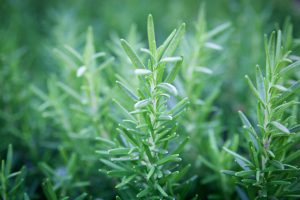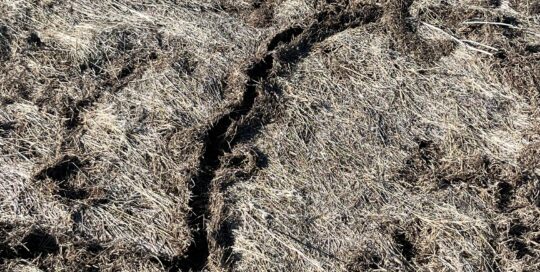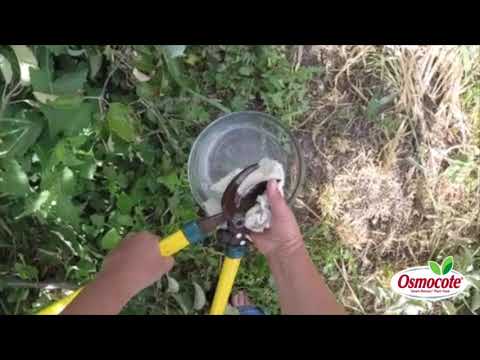Fending off problems with rosemary during the winter
Views: 5448

Happy Solstice, or rather the day after! We’ve had a couple of weeks of sub-zero weather to remind us that Mother Nature still has a bite. It’s greatly appreciated that the day length is ever-so-slowly growing longer on our way to glorious summer. It’s a time when we bring greenery into our homes to remind us there is still is life beneath the snow.
One of my favorite plants to bring inside for the winter is rosemary. I’m envious of the areas of the country where it grows like a wild shrub spilling over walls and perfuming the entire area with its pungent fragrance. For us in colder climates, we have to bring it indoors. It’s not necessarily happy in this environment. Even though rosemary and other pungent herbs don’t often have issues with pests, when the plant is weakened, they can be a problem.
What not to do
Rosemary does not like the warm, non-humid conditions of most homes. This is especially the case if it’s set near a heat vent or woodstove. That will kill it quicker than anything. Overwatering is the next culprit. The difficulty when it comes to overwatering is the plant might look like it needs it. The needles will often turn brown and look dry, encouraging us to dump a little more on the plant. This encourages root rot, which is a fungal disease, that can kill the plant. If you find yourself watering it too much, just stop and let it dry out. Let at least the top inch of the soil dry before you give it another drink.
Surprisingly, powdery mildew is another issue for rosemary. This also is a fungal problem often linked to wet conditions. It’s easy to identify since it looks like powder was sprinkled on the leaves. While it doesn’t outright kill the plant, it can weaken it (especially an indoor plant) to the point where it can die. One of the first things you can do if there is a little powdery mildew on your plants is to simply spray it while rubbing off the powder with your fingers. Another option is using a weak solution of baking soda. Mix a teaspoon of baking soda in a gallon of water, and include 1/2 tsp. of dish soap, then spritz it on the leaves.
Pests
Since rosemary is such a strong smelling plant, I am always shocked when there are problems with whiteflies, or even aphids, but these infestations do occur. Thankfully, neither whiteflies or aphids are very durable critters. If the infestations aren’t very severe, you can typically eliminate them with insecticidal soap. Also, if you plan to eat the rosemary and don’t want to use the insecticidal soap on it (although there are soaps you can use on edible plants) you can put the plant in the shower. Try not to totally soak the plant since overwatering is such a big issue for rosemary. If you hold the foliage of the plant underneath the stream of water and wipe off the aphids or whiteflies with your fingers, you should be able to get a lot of them.
Rosemary Delights
Rosemary is wonderful to have indoors. Choose a space with as much light as possible, supply humidity if at all possible. Be sure to keep it away from heat vents to keep it happy. If you do, you’ll have a beautiful plant during the winter. You’ll have an even nicer plant in the garden next year!
I didn’t like any of the photos I had, so the photo of the rosemary is from YinYang via istock.com
Meet Amy Grisak
Amy is a freelance author and photographer in Great Falls, MT who specializes in gardening, foods, and sustainable agriculture. She provides information on every kind…
Amy's Recent Posts

Avoid These Bad Berries in Your Yard and Garden








